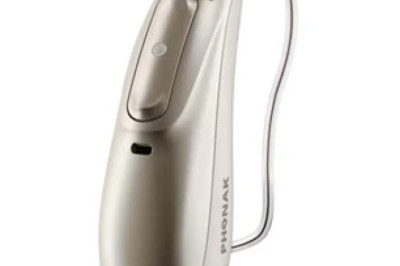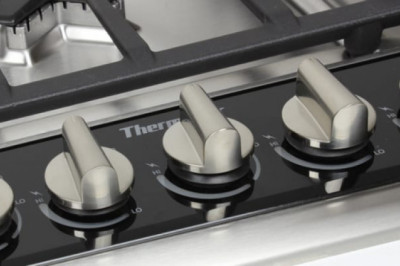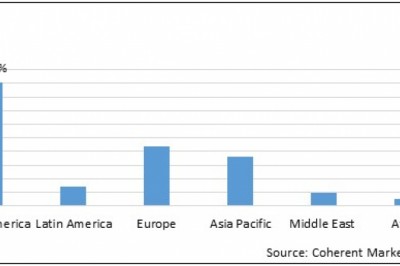views

Menstruation Pain (dysmenorrhea) Tips By Dr.Sujata Rathod
Almost every woman experiences pain during menstrual cycles at some point in their lives. Dysmenorrhea is the term used to define the painful period, which occurs due to uterine contractions. It is classified into primary and secondary dysmenorrhea, both are treatable.
Primary and Secondary Dysmenorrhea
The pain starts a few days before your menstrual cycle or when the bleeding starts. It can be mild to severe and can be felt on your thighs, lower back, and lower abdomen. This pain can last up to 72 hours and is accompanied by other symptoms, such as fatigue, diarrhea, nausea, and vomiting. This is called primary dysmenorrhea, which goes away on its own and disappears completely as you grow older.
Secondary dysmenorrhea is caused by a pelvic infection or a reproductive disorder. The only way to distinguish the pain is by noticing how soon the menstrual cramps begin. In secondary dysmenorrhea, the cramps start several days before you get your periods and last longer than usual.
Why is Menstruation Painful?
The uterus contracts strongly when you are bleeding. This contraction can cut the oxygen supply to the nearby tissues, causing pain due to the lack of oxygen in your muscles. Menstrual pain can also occur due to pelvic inflammation, growth of fibroids, and endometriosis.
The pain could be severe if it occurs due to secondary dysmenorrhea. You may also feel pressure in the lower abdomen. Pain in your thighs, hips and lower back could also be felt. Some women experience menstrual pain throughout their menstrual life, while others stop experiencing pain after childbirth.
How Can You Relieve the Menstrual Pain?
Any pain reliever can be used to treat menstrual pain, although ibuprofen is the best option for instant relief. Take one tablet as soon as you experience cramps or bleeding. Women also find the hot massage bags quite effective. Massage your lower abdomen and lower back gently to release the pressure. Limit your alcohol and caffeine consumption during menstruation. You should rest for the first few days from the day you start bleeding.
You should also make a habit of exercising regularly. If the pain is too severe to tolerate, you can contact the menstrual disorder specialist in Thane for prescription drugs. They will suggest some oral contraceptives or other pain-relieving medicines. It will relieve excess abdominal pain during menstruation.
Symptoms and Treatment of Secondary Dysmennorrhea
Both primary and secondary dysmenorrhea can be treated with medication and other non-invasive procedures. However, surgery might be needed if the pain occurs due to:
● Fibroids
● Endometriosis
● Adenomyosis
Find the best lady gynaec doctor in Thane to detect the cause of the painful period and discuss your treatment options. Your doctor might recommend hormone therapy to make your period less painful. Medication and hormone therapies can be used to shrink the fibroids, making them die gradually. Period pain is not harmful in any way, but if you experience any or most of the below-listed symptoms, contact a doctor immediately:
● Diarrhea
● Vomiting and nausea
● Dizziness
● Fever above 102 degrees Fahrenheit
Visit: https://nurvinaari.com/












